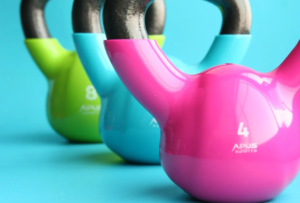Scoliosis in children: Symptoms, causes and treatment
Scoliosis is essentially a deformity of the spine that occurs as the child grows. The word “scoliosis” comes from the ancient Greek word “scolios”, which means crooked. The spine loses its normal shape and can make one curve (looks like the letter C) or two curves (looks like the letter S). Although it can be caused by various causes (cerebral palsy, muscular dystrophy) in most cases there is no specific cause. This type of scoliosis is called idiopathic and concerns 80% of cases. Scoliosis “hits” mainly girls. The exact reason has not been identified yet.
Symptoms
Usually the person who has scoliosis does not understand that there is a problem. It is more likely pointed out by others like parents or teacher. In exceptional cases, there can be some back or waist pain and rarely respiratory problems. One can practically understand if a child has scoliosis if: -one shoulder is taller than the other -one hip is higher than the other – one shoulder protrudes more -the waist tilts to one side -there is a hump in the back or waist Do you want to learn how you can contribute to the development of a child 4-8 years old through exercise and games? Then attend the specialised seminar “Kids Athletics-Movement School”.
Diagnosis
Scoliosis is usually diagnosed through a bending test. The child leans forward with his arms in front and knees outstretched . This way the doctor can understand if there are asymmetries. An x-ray can also be done. In rare cases, an MRI scan may be needed.
Treatment
Treatment is determined by several factors such as the size of the problem, the type of scoliosis, the stage of development of the child. Most doctors monitor scoliosis with x-rays to see if it is progressing. Another method is the bracing. A kid needs a brace the curve on the back tends to increase. Although many people think that this is an outdated way of dealing with it, research has shown that it is very effective, especially if used correctly and for a long time. You may not even need to have a special operation called spinal fusion, which happens if the curve exceeds the 40 degrees. Finally, physiotherapy and some exercises can be done for the treatment. Giota Florou (sources: skoliosi.com, neurocenter.gr, starantzis.com) Recent Articles







